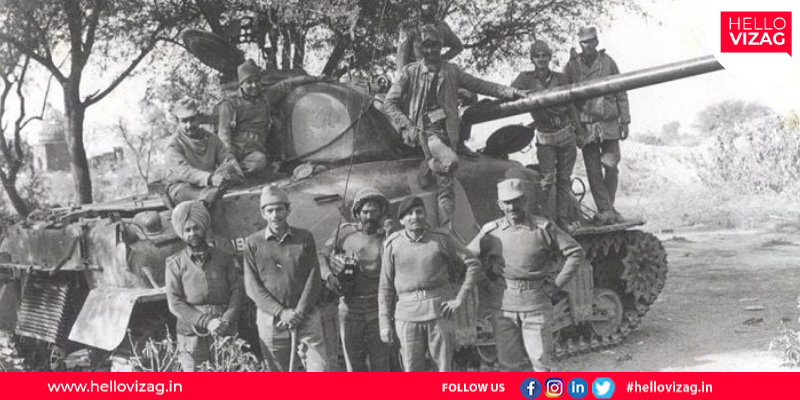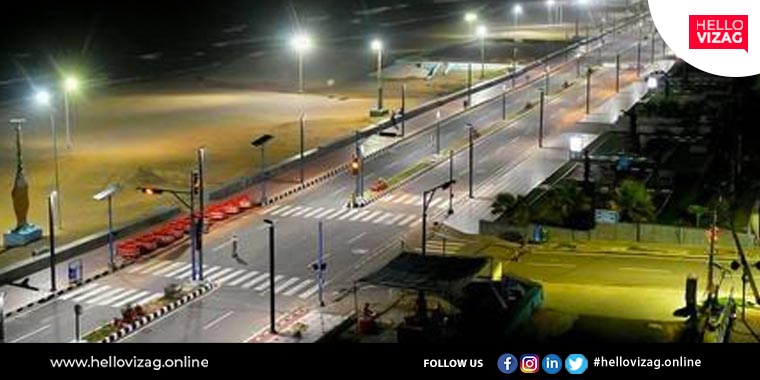The Most Intriguing Chapter in Naval History is Written in Vizag
The 1971 Indo-Pakistani War was a critical moment in South Asian history, marked by intense fighting on land, sea, and air. The conflict resulted in the creation of Bangladesh and established India as a regional superpower. Among the many battles and strategies employed during the war, one of the most fascinating and impressive was the Indian Navy's plan to deceive and sink the Pakistani submarine PNS Ghazi, which was dispatched to the Bay of Bengal to locate and attack the Indian aircraft carrier INS Vikrant.
The threat from the Ghazi was considerable. The Vikrant carrier group was a vital asset to the Indian Navy and a critical tool in the war effort. If the Ghazi managed to locate and sink the Vikrant, it would have had a significant impact on India's ability to fight the war. To counter this threat, the Indian Navy relocated the Vikrant carrier group to the Eastern Naval Command in Visakhapatnam and began preparing a plan to deceive the enemy and lure them into a trap.
The Navy's plan was both audacious and intricate. It began by sending the Vikrant to Madras, far away from the Bay of Bengal, to make it seem like the carrier group was still in Visakhapatnam. The Navy then started discussing sensitive military matters on a civilian telephone line, hoping that the Pakistanis had found a way to intercept the call and presume that Vikrant was still anchored at Vizag. Meanwhile, the destroyer INS Rajput, commanded by Captain Inder Singh, was selected as the decoy ship. The Rajput left Vizag harbor after refueling, with all navigational aids switched off, and began broadcasting a massive volume of encrypted radio traffic like an aircraft carrier would.
The trick worked. On November 25, naval intelligence intercepted a Pakistani navy message from a submarine commodore in Karachi stating that the aircraft carrier was very much in Visakhapatnam. Pakistan's Ghazi started towards Visakhapatnam, assuming that it had located its target. But in reality, the Ghazi was heading towards a trap.
On the night of December 3, 1971, the Indian Navy's INS Rajput detected the PNS Ghazi near the coast of Visakhapatnam and launched a torpedo attack, sinking the submarine and killing all 92 crew members on board. The sinking of the Ghazi effectively neutralized the Pakistani Navy's submarine capability in the region, giving the Indian Navy a strategic advantage in the war.
The success of the Indian Navy's plan was a remarkable achievement, showcasing the ingenuity, resourcefulness, and bravery of the sailors and officers involved. It also highlighted the importance of intelligence gathering, careful planning, and quick thinking in naval warfare. The Victory at Sea Memorial in Vizag stands as a testament to the bravery and sacrifices made by the Indian Navy during the 1971 Indo-Pakistani War. The memorial pays tribute to the sailors who lost their lives in the line of duty and celebrates the Indian Navy's commitment to defending the country's maritime interests.

 Praveena M
Praveena M




















